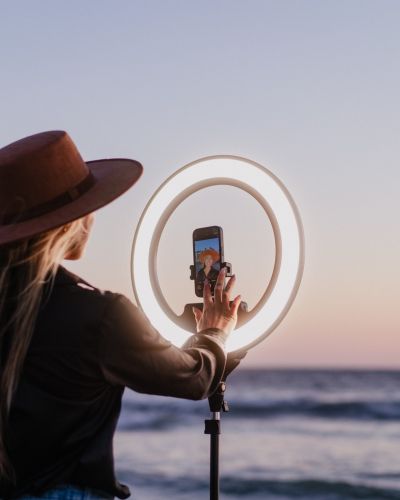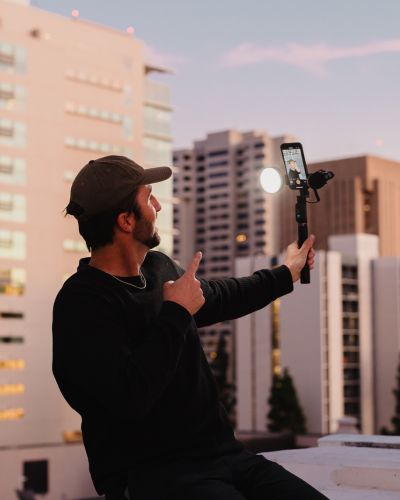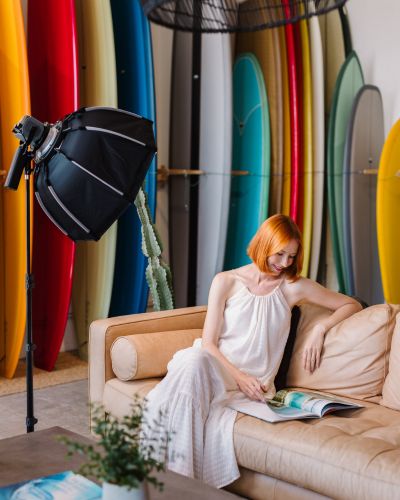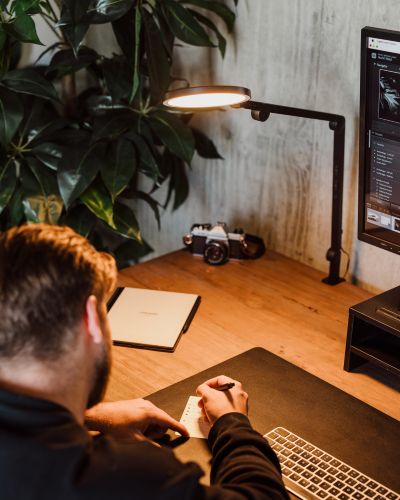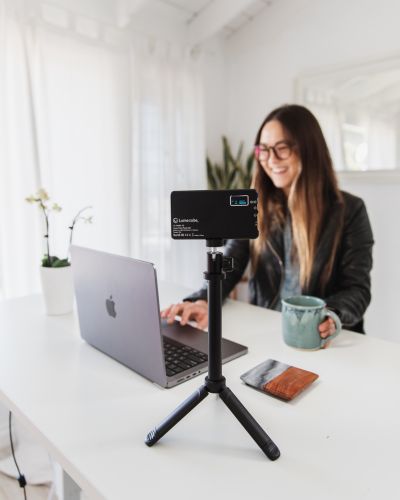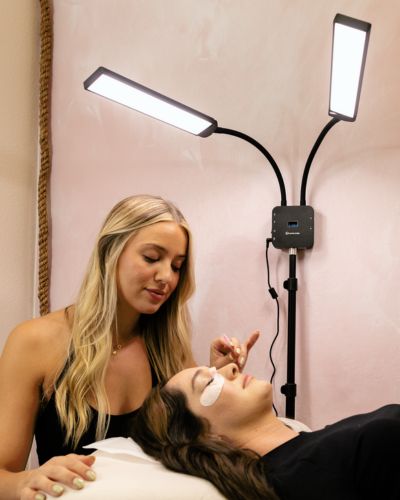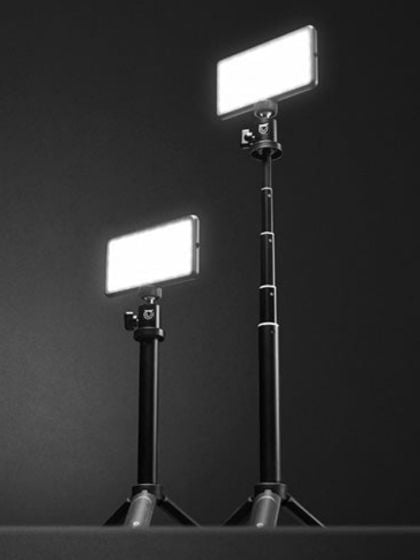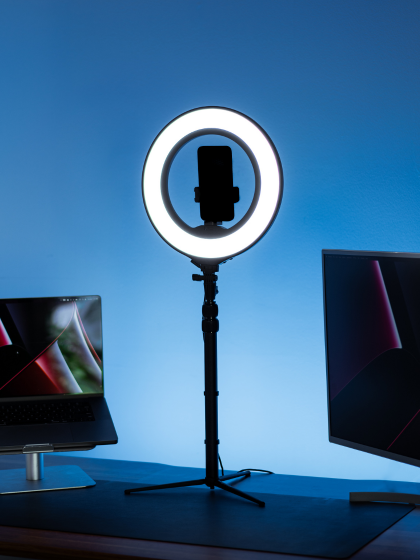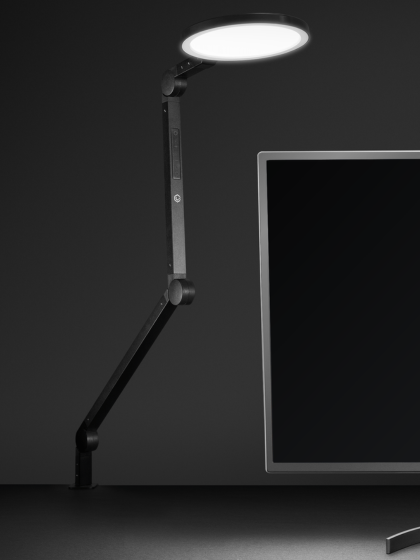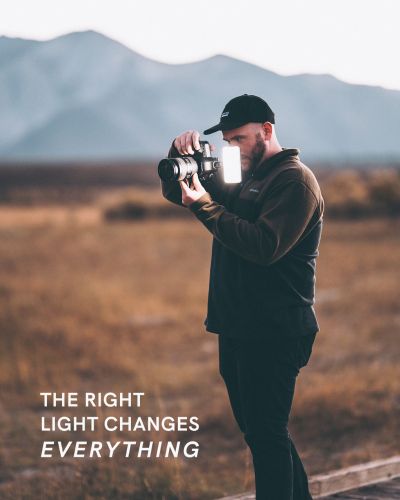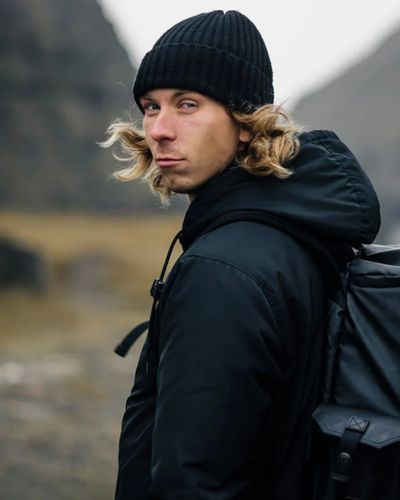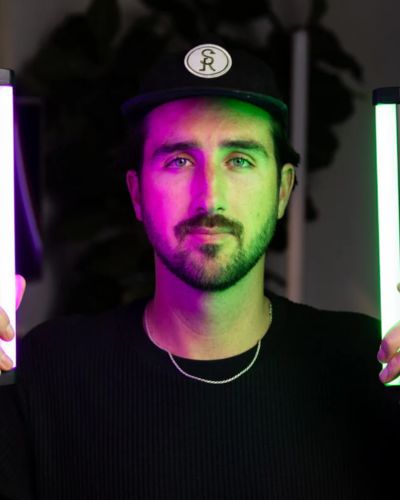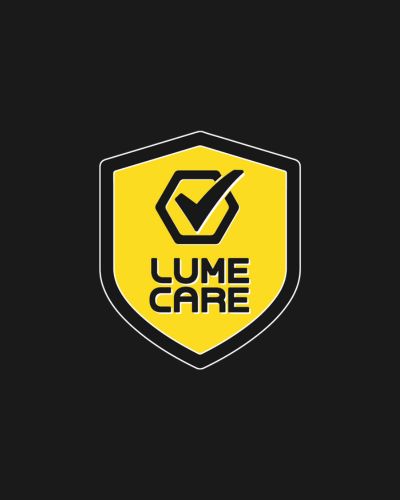
Where was this image taken?
This photo was taken at an old abandoned mill that sits above the confluence of the North and South Fork Rivers, in the West Elk Range of the Colorado Rockies.
Is there a story behind this shot? How did you come up with the concept?
I always let the landscape dictate to me the story that should be told. Taking a good landscape photo is like solving a puzzle. Any landscape is composed of two elements, the visual and the emotional, and the two are intimately tied to each other. The solving of the puzzle comes in finding the composition that yields the highest possible emotional communication of my subjective experience in that time and space.
The landscape will communicate a visual as well as an emotion, and it is my job to find the correct composition that best captures and communicates the emergent feeling and emotion of that moment and that place.
I spent three years living as a ski bum out in Vail, Colorado in my early 20s and in that time I did my best to see every square inch of Colorado. A few years after I left, I learned about this beautiful place and so it became a priority for me to see this place with my own eyes upon my return. The place was premeditated, but once I arrived to the location, I have to be present with it so that it can communicate to me its deepest treasure. There's always a few "good" compositions, but you know when you caught the right one, the truest one. Trying to find that inefable truth of a place is what my pursuit of photography is all about.
This picture screams magical. How did you stumble upon something so majestic in the wild? Is it a well known spot or did you find it by chance?
A beautiful, old, abandoned wooden mill, the power of the rushing river below, and the infinite majesty of the Milky Way hanging above the steep mountain tops above; magical is a good word to describe it. Crystal Mill is a pretty well-known spot among Colorado photographers and of course thanks to Instagram, it's become more popular, capturing the imagination of the IG crowd every time a photo of that place goes viral a few times per year.
It seems like it was quite the journey to get to this spot. Tell us about that journey and do most of your photo locations take a bit of effort to find?
It isn't the easiest place to get to, that is true. Getting there takes about 30 minutes of pretty slow driving down a ragged road. A high clearance 4x4 vehicle is definitely preferable. Since I knew I wanted to capture the Milky Way above the mill, we took the journey out there at around midnight. My buddy had a Jeep with some aggressive tires on it which came in handy.
You stat in your caption that this was a 15 second exposure, can you tell us a little bit more about what camera was used? Lens? And also share your camera settings used for this shot? How were you able to have the treehouse lit up and also capture the Milky Way?
Sure thing. I shoot a Nikon D750 with the fantastic Nikkor 20mm f/1.8. Because the scene before me was so massive, from the river to the mill and to the sky above, I needed to shoot this as a panorama. In order to capture everything before me, I shot a 3x8 panorama. Meaning that I shot 3 rows on the vertical axis with 8 photos panning along the horizontal axis. All these were later combined into one shot which you see here. So, this photo is actually made up on 24 separate 15 second shots.
How did you use Lume Cubes in this image?
Ah, this is the classic dilemma of nightscapes. In order to capture the best possible Milky Way, we need the darkest possible sky, which means no moonlight. No moonlight also means not enough ambient light to light anything in the foreground. A popular technique is to shoot the foreground during blue hour, and then merge that photo with the Milky Way shot later in Photoshop. I do not use Photoshop and enjoy that challenge of capturing everything in one moment. This is where the Lume Cube comes into action. I knew it would provide exactly the right kind of light I needed to illuminate the mill. Here's the rub. The mill is massive, a hundred feet away, and needed a consistent soft output of warm light in order to be lit correctly and in a manner pleasing to the eye. A flashlight just wouldn't cut it. Since the Lume Cube is perfect for this. It's dimmable, so I could control how much light was being thrown onto the mill, and it provides a very steady and consistent light output which would matter when stitching together the panorama. In addition to that, I used one of the warming CTO filters, so that the warmer light could bring out the color of the wood on the mill.
What has been the most rewarding part of your photography experiences? What has been the most challenging?
Secondary to the reward of experiencing such a moment, is the ability to capture and share that moment. The reason I got into photography was to find a way to essentially capture lightning in a bottle. I always wanted to capture magic, and then share it with others. Photography, like all art, is a deeply personal endeavor. When one takes a photo, one shares the thing they are photographing, as well as a piece of themselves. A photo is always subject and object. It says just as much about the person, place, or thing in front of the lens, as it does behind it. It's not just the beauty of the place that I try to capture, but the emotions that it imprints upon me. There is no way to ever know for certain if that is actually communicating to others in totality. But, emotional and inspired reactions usually point to the fact that at least some impact was made, and that's good enough for me. To move and inspire and create a sense of awe in someone else is the best approximation I could hope for in life and in photography. This is both the challenge and the reward of photography.
Would you be able to talk about your post-process when it comes to editing? Do you edit your photos? Do you have a favorite way of editing them?
Sure thing. I used Microsoft's ICE (Image Composite Editor) to create the 3 x 8 panorama. It's an incredibly robust program that helps you really fine tune panorama images. I, then, processed the RAW images in Adobe Lightroom, which I use for processing all my photos. All the editing I do is always in service to the emotion and essence of the experience of the place.
Did this photo turn out to how you initially envisioned it?
Haha, no. Any photographer will admit a photo only ever turns out either worse or better, but never exactly how it is envisioned. This is the one of those times when I am lucky enough to actually be happy with the result.
Describe Lume Cube in 5 words or less.
Lume Cube Lights the Way.

